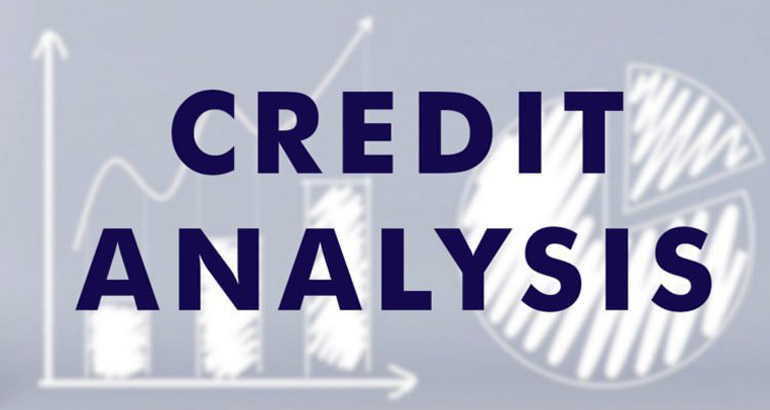The 5Cs of Credit Analysis

The most vital thing that a bank or a lender does before granting a loan or handing money to the borrower is evaluating the potential borrower. The bank tries to understand the risk of possible default by the borrower on this line of credit, which is called as credit risk assessment.
Credit analysis by a lender is used to assess the risk associated with making a loan. The Five Cs of credit is an extensively popular framework that considers five characteristics of the borrower to assist lenders in measuring the creditworthiness of the borrowers.
Let us understand the five Cs of credit in detail.
Overview of Five Cs of Credit
- Character
Character is also called as the credit history. Your character is one of the most visible parameters by which lenders measure your risk and trustworthiness. In financial terms, a borrower’s reputation is represented by the character for repaying debts.
This information pops up on the credit report prepared by the credit information companies such as CRIF. Besides credit score, the credit report also consists of information about how much a person has borrowed in the past and whether the applicants have repaid loans on time. Information from these reports helps lenders determine the borrower’s credit risk.
Beyond your credit, lenders may also take a precise approach to the word character and examine your personal attributes. You must be polite, prepared, and prompt when you talk to a lender. That might just be an edge to your loan approval.
2.Capacity (Cash flow):
The lender wants to know whether your business is able to repay the loan or not. Every lender must ensure that he/she is lending money to someone who has the capacity to repay. The business should have enough cash flow to hold up its business expenses and debts easily and also offering principals’ salaries enough to support personal expenses and debts.
Inspecting the payment history of current loans and expenses is a sign of the borrower’s credibility to make loan payments.
- Capital
Any capital which is put by the borrower in their investment is considered by lenders. A large offering by the borrower reduces the chance of default. Borrowers who can put a down payment on a home significantly find it easier to receive a loan.
Down payments demonstrate the borrower’s level of seriousness and if the borrower’s goals are realistic and are compatible with the paying potential. The down payment amount can also influence the rates and terms of a borrower’s loan. Larger down payments may lead to better interest rates and terms.
- Collateral
Collateral is any personal asset that the borrower vows in order to support the loan. It is a lender’s back up in case the borrower escapes or is genuinely unable to pay back your loan.
In simple words, it’s a business, and both the parties would avoid being at a loss. The lender will have to undergo liquidation of assets that have been put as safety against the loan in case of a loan default,
The collateral can be your land, house property, inventory, equipment, real estate, accounts receivable, or any other item having a monetary value in the market. Banks calculate collateral quantitatively by its value and qualitatively by its facilitation of liquidation.
- Conditions
The interest rate and amount of principal, which are the conditions of a loan, influence the lender’s decision to fund the borrower. Conditions refer to how a borrower plans of using the money. For example, if you apply for a house loan or a car loan, there are more chances of the lender approving the loan as the intent is fixed and clear.
The lenders may also consider factors like the trends in your business’s current environmental conditions, state of the economy, and geographic or political events.
If you want to learn more about credit analysis and the different components of credit analysis, have a look at the services provided by JAXA Chartered Accountants.
For more details, do contact us – we’d be delighted to help you.